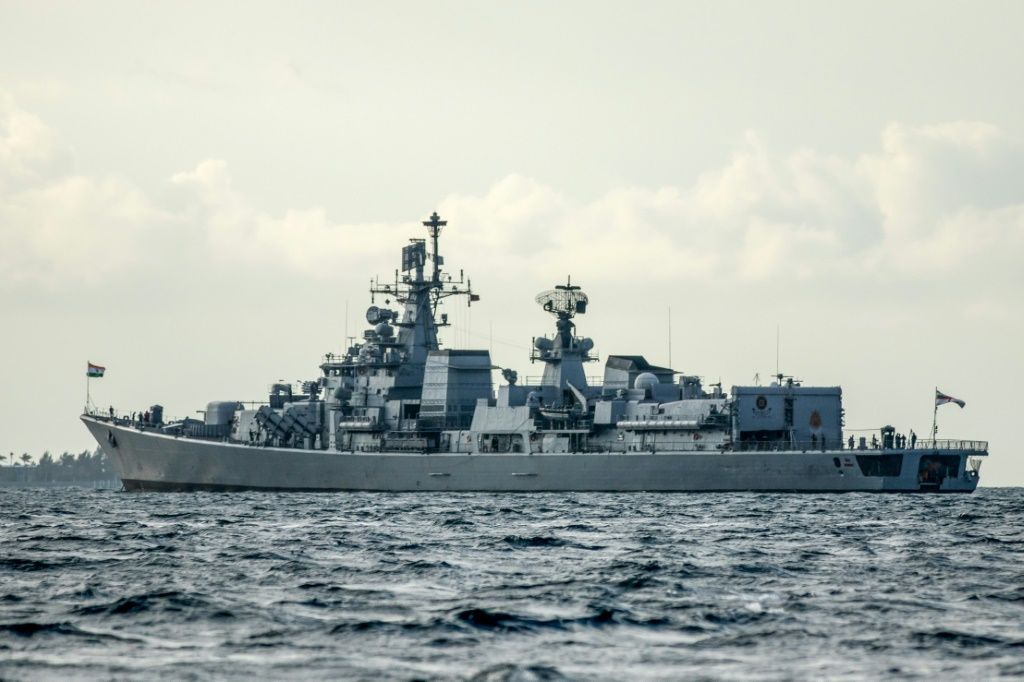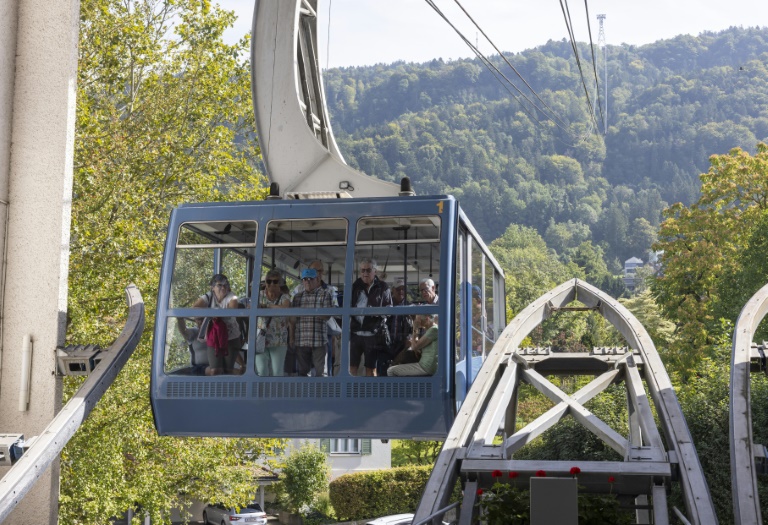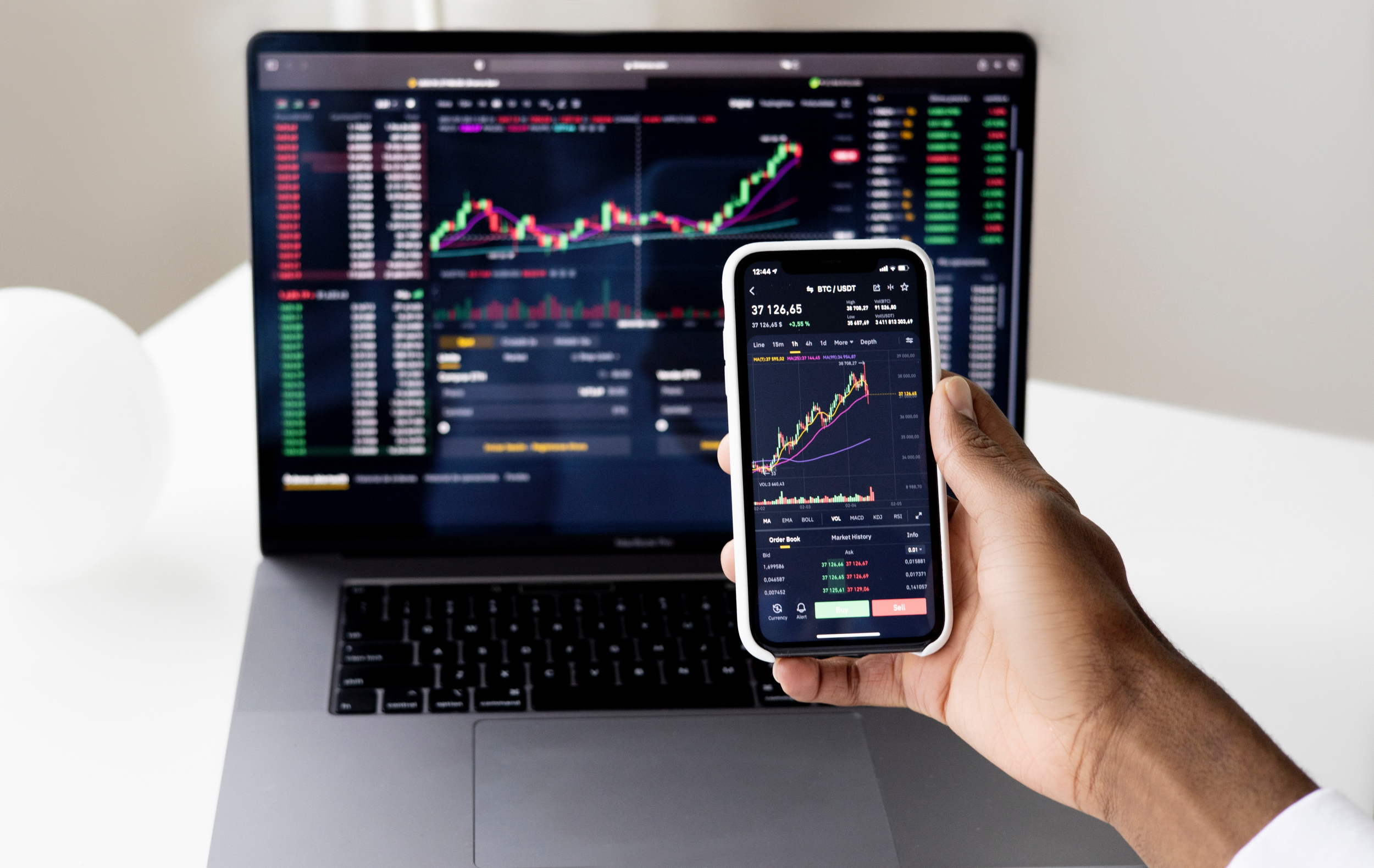The transformative potential of the India-Middle East-Europe Economic Corridor (IMEC) recalls the prescient observations made by Peter Frankopan in his seminal book, “The Silk Roads: A New History of the World.” Frankopan meticulously charts the historic relevance of trade routes, emphasizing their role not just in the exchange of goods, but also in ideas, cultures, and influence. The ancient Silk Road, which connected the East to the West, was instrumental in reshaping civilizations, catalyzing technological advancements, and reorienting the centres of power. Similarly, the India-Middle East-Europe Economic Corridor (IMEC), as a modern incarnation of these historic routes, promises not only to revolutionise commerce between its member states, but also to foster deeper cultural and diplomatic ties. By serving as a nexus for diverse regions, the corridor has the potential to pave the way for a new era of collaboration, mutual respect, and shared growth, much as the Silk Roads once did for the ancient world.
Scholars like Parag Khanna have argued that economic corridors are not just logistical pathways for the transit of goods; they’re the “nervous system of the global economy” and a cornerstone in the game of geopolitics. These corridors influence the balance of power, serve as conduits for soft and hard influence, and enable nations to secure essential supply lines.
The IMEC aims to be a game-changer. It promises to revolutionise how goods, and by extension, influence, and power, flow between these major world regions. For India, it’s a strategic move to lessen dependency on traditional trade partners, while opening up a swathe of opportunities in markets ranging from energy to technology. For the Middle East, it’s an alternative to a sole reliance on Western partnerships, creating a more balanced portfolio of alliances. For Europe, it’s an opportunity to diversify trade routes while enhancing relations with a democratic counterbalance to China’s Belt and Road Initiative.
The creation of economic corridors between countries has often been praised as a conduit for accelerating economic growth, regional integration, and increased cooperation. However, not all economic corridors have equitable impacts. China’s BRI or One Belt One Road (OBOR) project has received criticism for creating “debt traps” for participating nations and being a tool for geopolitical influence rather than mutual benefit. While numerous nations have expressed interest in IMEC, Italy’s fervent support has particularly captured international attention. Some observers might hastily label this as yet another routine diplomatic endeavour. Delving deeper into Italy’s geopolitical inclinations and its current economic endeavours, there seems to be a larger narrative unfolding. Italy, as many would recall, is the only G7 nation that had signed up for China’s BRI around 2004, a decision that raised many eyebrows back then. Fast forward to today, and the situation appears to be changing. Italy’s significant interest in the IMEC, juxtaposed with rumors of its potential distancing from the BRI, is turning heads.
This raises questions about the balance of power and the ethical responsibilities of nations in economic partnerships. In contrast, the emerging India-Middle East-Europe economic corridor has the potential to be a more balanced, “big deal,” as President Biden would put it. This corridor aims to diversify its focus across sectors like energy, technology, and manufacturing, avoiding undue concentration of power and aiming for a more equitable spread of benefits among participating nations.
The IMEC offers an innovative multi-modal network featuring railway lines, a hydrogen pipeline, and robust optical fibre cables. Comprising two major arteries- the East Corridor linking India with the Middle East, and the Northern Corridor extending from the Middle East to Europe – this comprehensive infrastructure aims to revolutionise connectivity across these regions. The IMEC is of strategic significance, particularly when considering the diverse interlinkages between its member countries: India, UAE, Saudi Arabia, Jordan, Israel, and Europe. For starters, historically, these regions have been central to ancient trade routes that facilitated the flow of goods, culture, and knowledge across continents.
India’s booming economy and its growing energy demands are met significantly by Middle Eastern nations like the UAE and Saudi Arabia. Conversely, India is an emerging market for Middle Eastern exports, with vast consumer and industrial bases. Israel, with its technological prowess, has deep-rooted defense and tech ties with India and also sees the Arab world, especially nations like the UAE and Jordan, as potential partners for peace and prosperity. The inclusion of European nations extends the potential of this corridor, as Europe has historically been a major trade partner for both India and the Middle East. The combination of these interlinkages – economic, technological, and historical – demonstrates why the IMEC is viewed as a game-changer. Member states are highly upbeat about the transformative impact the IMEC will have on regional unity, economic efficiency, and sustainability. By cutting both transport time and expenses for goods travelling between India and Europe – by an impressive 40% and 30% – this corridor is poised to do much more than expedite trade. It’s likely to revolutionise logistical processes, substantially lower the costs of doing business, catalyze job creation, and even contribute to a greener future by reducing greenhouse gas emissions.
The assertion that the IMEC could face the same challenges as the China-Pakistan Economic Corridor (CPEC) may warrant reconsideration. A significant differentiator between the two projects lies in their financing structures. CPEC faced setbacks primarily due to Pakistan’s financial constraints. Pakistan’s economic limitations impacted its ability to meet its obligations and responsibilities, slowing down the pace of the projects under the CPEC umbrella. This financial constraint became a point of vulnerability and led to delays and scaling down of various projects, weakening the original intent and efficiency of the corridor.
As the global landscape shifts, the IMEC emerges as a promise. Rooted in economic aspirations and driven by mutual respect and shared growth, it exemplifies the potential for corridors to not only bolster commerce but also foster meaningful diplomatic engagements.
Bibek Debroy is the Chairman, Economic Advisory Council to the Prime Minister (EAC-PM) & Aditya Sinha is Additional Private Secretary (Policy & Research), EAC-PM.
Disclaimer: These are the personal opinions of the author.






